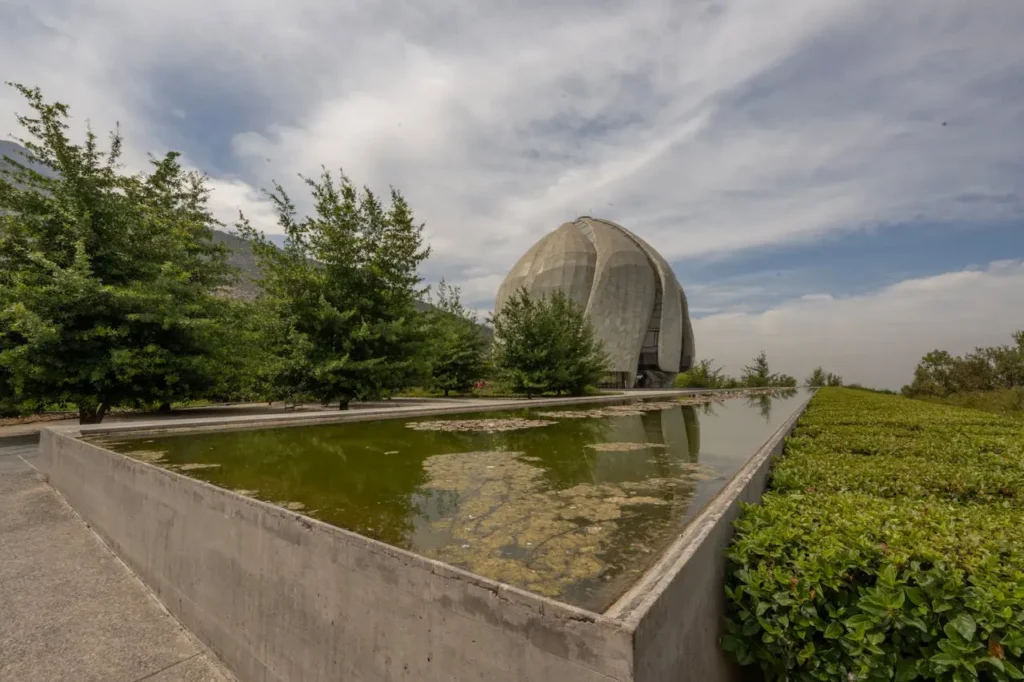A rain garden is an eco-friendly and aesthetically pleasing way to manage rainwater runoff. By incorporating Rain Garden Design principles, such as using native plants and strategic landscaping, these gardens effectively reduce water pollution, prevent flooding, and create habitats for local wildlife. They are especially beneficial in urban areas, where impermeable surfaces often lead to excessive water runoff. In this article, we will explore essential tips and techniques to help you design a rain garden that is not only functional but also adds beauty to your outdoor space.
What Is a Rain Garden?

A rain garden is a shallow, landscaped area to collect and absorb rainwater from rooftops, driveways, and other surfaces. Unlike traditional gardens, these gardens are strategically placed in low-lying areas to capture runoff. They are filled with plants that thrive in wet and dry conditions, making them a sustainable solution for stormwater management. Rain gardens can help homeowners reduce water bills, filter pollutants, and improve local ecosystems.
Key Benefits of Rain Gardens:
- Reduce water runoff and prevent flooding.
- Filter harmful pollutants from rainwater.
- Create habitats for birds, bees, and butterflies.
- Enhance the aesthetic value of your property.
Planning Your Rain Garden Design

Planning is a critical step in creating a functional rain garden. Start by assessing the layout of your property and identifying areas that collect water during heavy rainfall. Consider soil type, slope, and sunlight exposure to determine the best location.
Steps to Plan:
- Determine the Size: The size of your rain garden depends on the amount of runoff and available space. Typically, it should be 20-30% the size of the area draining into it.
- Choose the Location: Place the garden at least 10 feet away from your home to prevent water from seeping into your foundation.
- Test the Soil: Perform a percolation test to ensure the soil drains well. Sandy or loamy soils work best, while clay may require amendments.
- Design the Layout: Sketch a layout considering depth, plant placement, and flow patterns.
Selecting the Right Plants
Choosing the right plants is essential for a successful rain garden. Native plants are the best option as they adapt well to local climate conditions and require minimal maintenance.
Plant Categories for Rain Gardens:
- Zone 1: Plants for wet conditions, such as sedges and cardinal flowers.
- Zone 2: Plants for moderate moisture, including ferns and coneflowers.
- Zone 3: Drought-tolerant plants like black-eyed Susans and ornamental grasses.
Key Considerations:
- Use a mix of deep-rooted perennials, shrubs, and grasses.
- Opt for species that provide year-round interest.
- Avoid invasive plants that could disrupt the ecosystem.
Building the Rain Garden

Building a rain garden involves excavation, soil preparation, and planting. It’s important to follow a step-by-step process to ensure effectiveness.
Step-by-Step Guide:
- Excavate the Area: Dig a shallow basin, sloping gently toward the center.
- Amend the Soil: Mix compost and sand into the soil to improve drainage.
- Install Inlets and Outlets: Create channels for water to flow into and out of the garden.
- Plant Your Garden: Arrange plants according to their moisture tolerance.
- Mulch the Surface: Apply mulch to retain moisture and prevent weeds.
Maintaining a Rain Garden

While rain gardens are low-maintenance, they still require regular upkeep to ensure their effectiveness.
Maintenance Tips:
- Weeding: Remove weeds periodically to prevent competition with garden plants.
- Watering: Water newly planted gardens until plants are established.
- Inspection: Check inlets and outlets for blockages after heavy rain.
- Pruning: Trim overgrown plants to maintain the garden’s appearance.
Integrating Rain Gardens into Your Landscape

Rain gardens can seamlessly blend into your existing landscape design. They can be used to complement patios, driveways, or backyard features.
Ideas for Integration:
- Use decorative stones or pathways to enhance the design.
- Add benches or small sculptures for a functional space.
- Plant flowering species to attract pollinators and add color.
Benefits of Rain Gardens for the Environment

Rain gardens have significant environmental benefits, making them a sustainable landscaping choice for modern homeowners.
Environmental Advantages:
- Reduce urban heat island effects.
- Recharge groundwater levels.
- Decrease reliance on stormwater infrastructure.
- Promote biodiversity by providing habitats.
Common Mistakes to Avoid
To ensure your rain garden is effective, avoid these common pitfalls:
- Improper Location: Placing the garden in an area with poor drainage can lead to standing water.
- Overcrowding Plants: Allow enough space for each plant to grow.
- Neglecting Soil Tests: Failing to test the soil can result in poor drainage.
- Ignoring Maintenance: Regular care is essential to keep the garden functional.
Conclusion
Rain gardens are a smart and sustainable way to manage rainwater while enhancing the beauty of your property. By incorporating Rain Garden Design principles and following these steps, you can create a rain garden that is not only functional but also environmentally friendly. From planning and plant selection to maintenance, every detail contributes to the success of your garden. Start designing your rain garden today and enjoy the numerous benefits it brings.
FAQs
1. What is the ideal size for a rain garden?
The size depends on the area of the surfaces draining into it. As a rule of thumb, it should be 20-30% of the size of the catchment area.
2. Can I build a rain garden in clay soil?
Clay soil may require amendments like sand or compost to improve drainage. Alternatively, you can install a drainage system.
3. What are the best plants for a rain garden?
Native plants that can tolerate wet and dry conditions are ideal. Examples include cardinal flowers, coneflowers, and ornamental grasses.
4. How do rain gardens help the environment?
Rain gardens filter pollutants, recharge groundwater, and reduce flooding, making them an eco-friendly landscaping solution.
5. Are rain gardens expensive to build?
The cost varies based on size and materials, but rain gardens are generally affordable and cost-effective over time due to their low maintenance needs.


